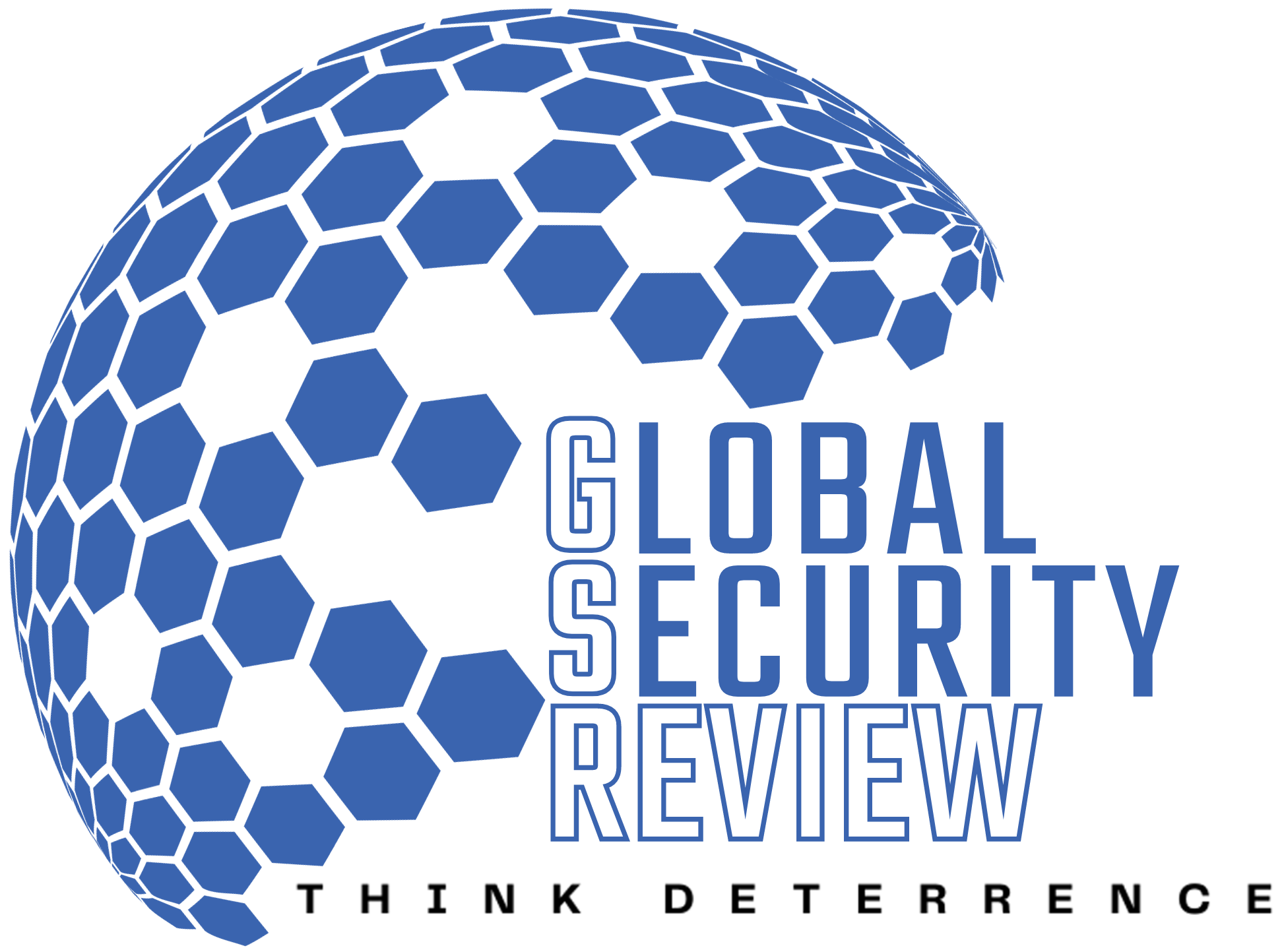The global nuclear landscape in 2025 is not just unstable—it is accelerating toward unprecedented volatility, testing the very limits of American strategic dominance. New technologies, evolving doctrines, and intensifying rivalries among nuclear-armed states are creating the most unpredictable security environment since the Cold War. The era of passive deterrence is over.
As adversaries like China, Iran, North Korea, and Russia expand their arsenals and refine their strategies, the United States faces a stark choice: adapt and strengthen its nuclear posture or risk falling behind in an era of escalating threats. The time for hesitation has passed—reinforcing dominance, closing critical gaps, and securing global stability demands immediate action.
Russia presents the most immediate and multifaceted nuclear threat. Possessing the world’s largest inventory of non-strategic nuclear weapons (NSNW)—an estimated 2,000 warheads. Russia integrated nuclear threats and hypersonic capabilities into conventional military operations, as demonstrated in Ukraine.
With nearly 95 percent of its nuclear triad modernized, Moscow wields a highly flexible and sophisticated arsenal of intercontinental ballistic missiles (ICBM), submarine-launched ballistic missiles (SLBM), strategic bombers, and regional nuclear forces. Its low threshold for nuclear use directly challenges American deterrence credibility, demanding a more dominant regional and global response.
China’s rapid nuclear expansion further upends strategic calculations. By 2025, Beijing’s warhead stockpile surpassed 600 and may well be much larger, with projections suggesting it could double by 2030. Chinese development of road-mobile missiles, ballistic missile submarines, and hypersonic glide vehicles signals an ambition to assert military dominance in the Indo-Pacific. Analysts now warn of an emerging “two-peer” nuclear world, where American US superiority cannot be assumed and extended deterrence in Asia becomes increasingly strained.
North Korea’s evolving nuclear capabilities continue to shape regional security dynamics. With an arsenal exceeding 50 nuclear weapons and advancements in missile survivability, Pyongyang’s strategic posture is increasingly resilient. While its impact remains largely regional, North Korea’s growing ties with Russia, including possible technology transfers and military cooperation, contribute to broader instability in the Indo-Pacific.
Given the United States’ close alliances with Japan, South Korea, and other regional partners, ensuring effective deterrence is crucial. The unpredictability of North Korean decision-making reinforces the need for American capabilities that not only deter conflict but effectively manage escalation dynamics to safeguard stability in the region.
Meanwhile, Iran edges closer to nuclear threshold status, posing a growing challenge to American interests and regional stability. Its advanced enrichment program, expanding missile forces, and deepening military partnerships with Russia alarm both Middle Eastern powers and the broader international community.
Beyond the nuclear threat, Iran’s influence extends across the region, fueling instability through its support for proxy forces in Iraq, Lebanon, Syria, and Yemen. Its control over key maritime chokepoints, including potential disruptions to shipping lanes near the Suez Canal and the Strait of Hormuz, threatens global trade and directly impacts allies that are reliant on energy exports and supply routes. President Trump’s successful bombing of the Houthis has apparently ended that threat to shipping, but the Houthis were but one Iranian proxy.
Heightened tensions with Israel and Sunni Arab nations increases the risk of escalation, raising fears of a nuclear breakout that could spark an arms race across the Middle East. Securing dominance in this theater requires more than rhetoric; it demands credible, layered deterrence, reinforced regional security architectures, and responsive military capabilities.
Despite these growing threats, the current US nuclear posture remains heavily focused on modernizing the strategic triad of ICBMs, SLBMs, and bombers. While essential, this modernization effort falls short of meeting the complex demands of regional deterrence. Delays, budget overruns, and the absence of credible theater-range nuclear options—such as the nuclear sea-launched cruise missile (SLCM-N)—erode deterrence credibility and open dangerous gaps adversaries can exploit.
Reasserting strategic dominance requires closing these vulnerabilities with urgency. The United States must accelerate the development and deployment of theater-range nuclear systems, including the SLCM-N and advanced hypersonic platforms. Modernizing the non-strategic nuclear arsenal will enable the US to counter China and Russia’s flexible regional nuclear strategies with equivalent or superior options.
Hardware alone will not deliver dominance. Integrated operations across nuclear and advanced conventional forces must be enhanced to manage escalation more effectively. Upgrading nuclear command, control, and communication (NC3) systems is critical to ensuring rapid, reliable decision-making and demonstrating resilient deterrent capabilities to adversaries.
Strengthening alliances must be an equally central pillar. Reinforcing extended-deterrence commitments through deeper consultations, expanded joint planning, and forward deployment of theater-range assets can provide vital reassurance to NATO and Indo-Pacific allies. A dominant US nuclear posture must visibly support allied security, preempting adversary coercion and preventing pressures on proliferation among partners.
Diplomatic initiatives must also evolve. Arms control dialogues with China and Russia are necessary, but they must be pursued from a position of strength—not accommodation. Risk-reduction measures, nonproliferation efforts, and regional security dialogues aimed at curbing North Korean and Iranian ambitions remain essential to managing global escalation risks.
Throughout history, the United States repeatedly adapted, asserted leadership, and reshaped global security in response to transformative threats. Today, as geopolitical tensions escalate and adversaries enhance their nuclear capabilities, passive deterrence is no longer enough. America must reaffirm its strategic dominance.
In this new era of competition, strengthening the American nuclear posture is not optional; it is imperative. The nation’s credibility, alliance cohesion, and global influence rest on a posture that deters aggression, assures allies, and prevails in any escalation scenario. As adversaries refine their arsenals, the margin for error diminishes, and hesitation invites instability.
To safeguard peace, security, and American leadership for generations to come, the United States must transition from deterrence to dominance. The time is now to close critical gaps, advance capabilities, and ensure its nuclear forces remain unrivaled in effectiveness and readiness. The future of global stability hinges on this decisive action.
Brandon Toliver, PhD, serves on the A4 staff of Headquarters Air Force. The views expressed are those of the author and do not reflect the official guidance or position of the United States government, the Department of Defense, the United States Air Force, or the United States Space Force.




